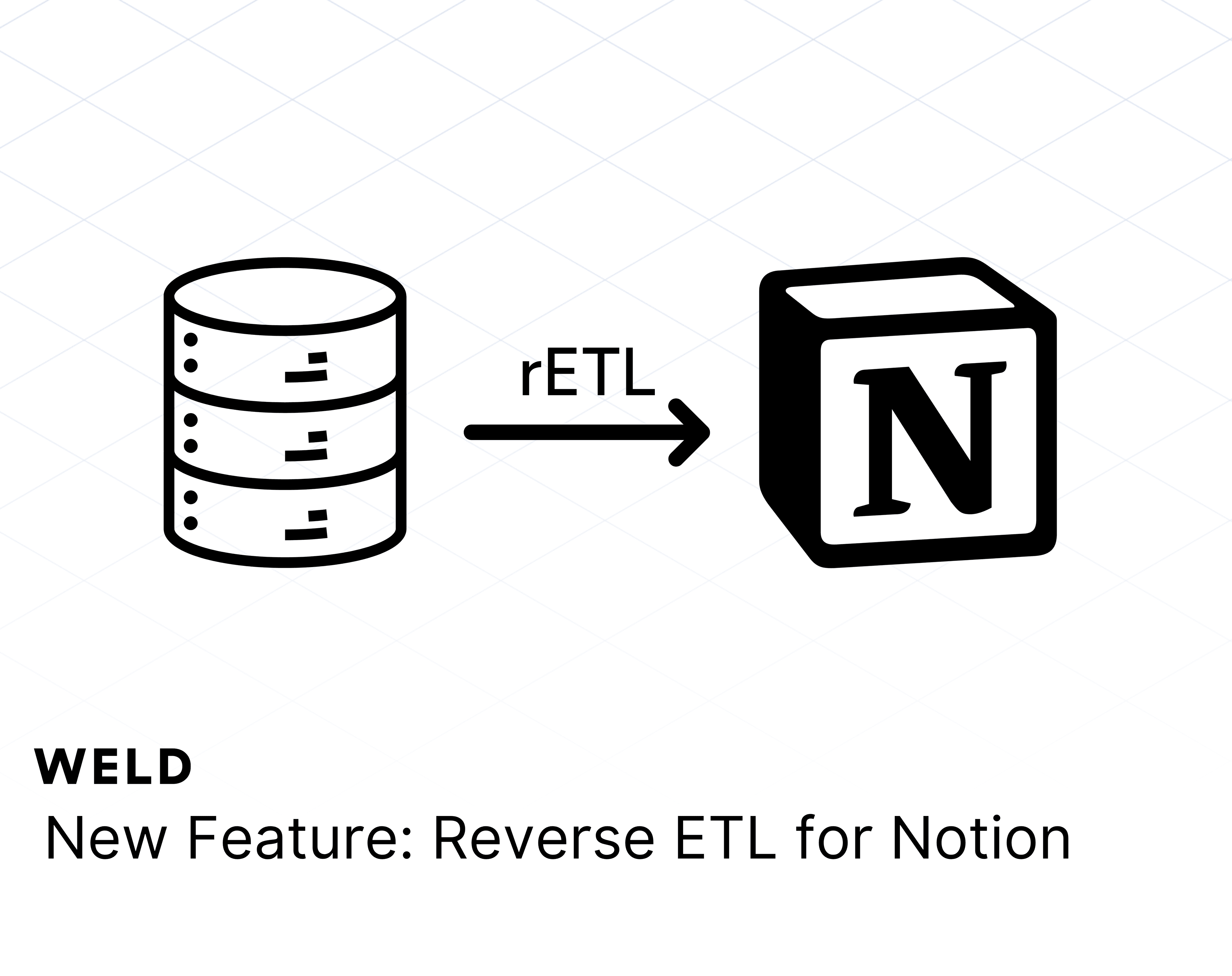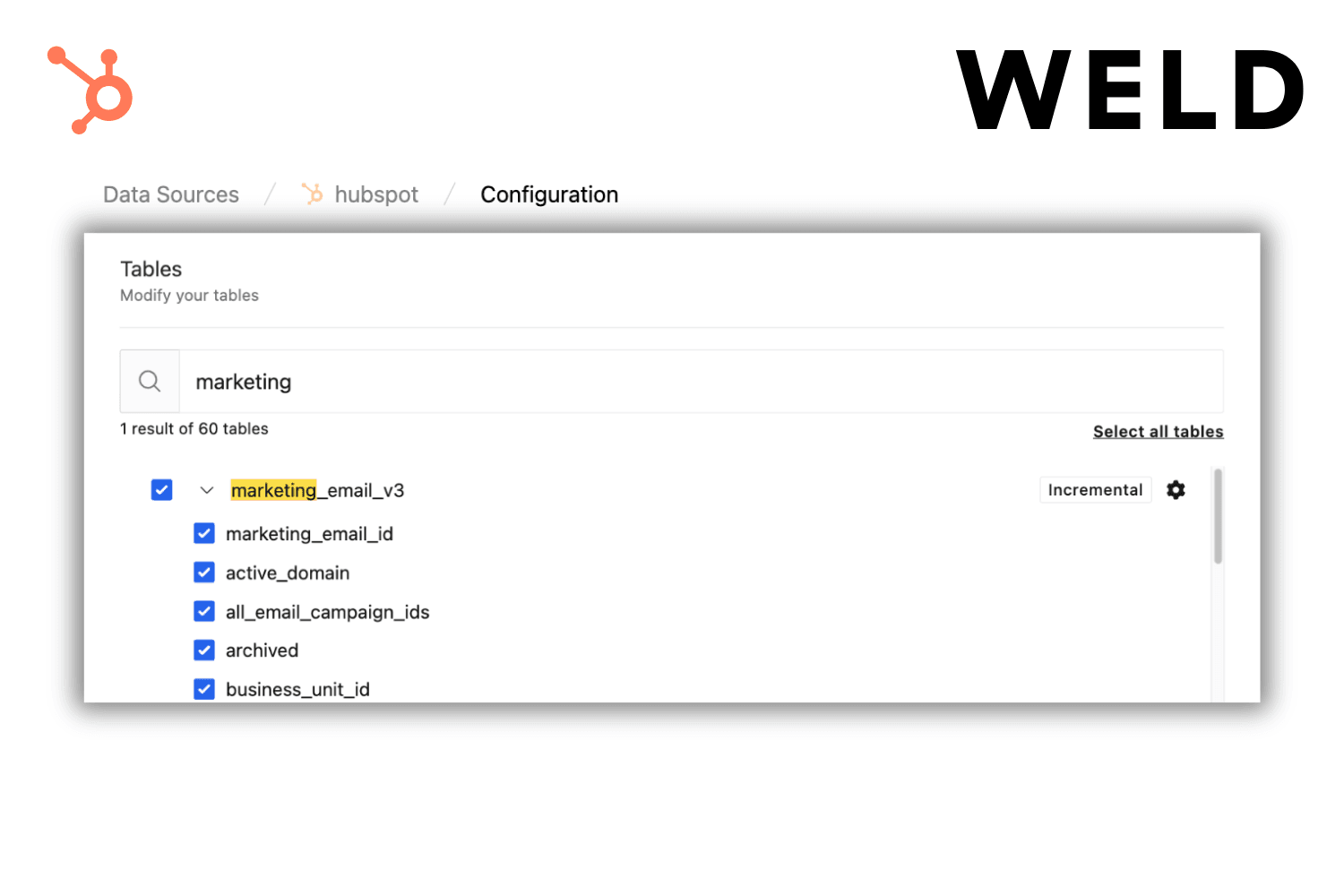Amazon Dashboards vs Data Warehouse: closing the gap
Amazon’s own dashboards offer quick, curated snapshots, while the raw data in your Data Warehouse comes directly unfiltered and untreated from Amazon’s APIs. The analytics you build on this raw data won't match what you see in Amazon's dashboards. Until you harmonise them, the two views will disagree, sometimes by only a few percentage points, sometimes by enough to derail a monthly board deck. This blog post explains why those gaps appear and will show you how Weld can help you convert these raw feeds into board-ready KPIs!
The two storytellers: Amazon UI and your Data Warehouse
Amazon’s Seller Central, Vendor Central, and Ads Console optimize for speed and readability. Each interface applies invisible rules: shifting timestamps to Pacific Time, suppressing orders that sit in “Pending,” and overwriting click data once invalid traffic is scrubbed. Because those rules are baked into the interface, the numbers feel authoritative at first glance.
The Selling Partner (SP-API) and Advertising APIs stream unfiltered events in Coordinated Universal Time (UTC). Nothing is stripped out: every order status, every local currency amount, every impression that the fraud filter has not yet reviewed. Weld syncs that feed verbatim between your Data Warehouse and Amazon's APIs and lets you re-apply or override Amazon’s business logic using the transform layer. Until that modelling happens, the two storytellers will disagree.

Five root causes of discrepancy
There are five common reasons why the numbers in Amazon’s dashboards and your Data Warehouse diverge. Understanding these will help you close the gap and build trust in your data.
1. Pending orders hide in the dashboard
Dashboards suppress orders awaiting payment confirmation, while the SP-API exposes them immediately. On promotion days, “Pending” rows can equal 1-4% of volume, making the values you see in Weld higher than the ones in Seller Central.
2. Timezone shifts change your revenue's date
Amazon stores every event in UTC, yet its North-American dashboards shift those timestamps to Pacific Time by default. An order at 01:00 UTC on the 1st of July displays as 18:00 PST on the 30th of June, sliding revenue into the prior month. The data in your Data Warehouse, and therefore what you see in Weld, keeps the original UTC stamp until you convert it.
3. Attribution windows play by different rules
Sponsored Products in seller accounts use a seven-day click window, while vendor accounts default to fourteen days. The Advertising API, however, lets users request 1-, 7-, 14-, or 30-day windows. If the models you created in Weld use one window and the console enforces another, ROAS drifts in direct proportion.
4. Invalid traffic cleansing restates results
Amazon can invalidate bot clicks up to 72h after the impression. Dashboards already exclude those clicks, but early API extracts still contain them, leaving the raw data in your Data Warehouse briefly overstated. Nightly backfills remove the noise, but only if you schedule them.
5. Currency mixing masks true totals
Dashboards show a single “$”, quietly converting other currencies to USD in the background. APIs return native amounts, so naïve sums exaggerate gross sales by 5-15% in multi-marketplace accounts.

How you can use Weld to convert raw data into reliable KPIs
Weld’s Amazon connectors sync raw event-level data with all information unadulterated and ready-to-use. From there, in the transform layer you can make five pivotal moves:
-
Normalize Time: Cast every UTC timestamp to the one relevant to your business once, in the staging layer, so every downstream report shares the same calendar logic.
-
Filter Status Drop Pending and Canceled rows when you need parity with Seller Central, or keep them for real-time demand signals.
-
Convert Currency: Using Weld's Forex connector, you can easily sidestep sneaky double-counting across marketplaces.
-
Roll Backfills Re-sync the trailing 14-30 days each night; late attributions and invalid-traffic refunds flow in automatically, reducing variance to under 1%.
-
Document & Govern: Weld’s lineage graph and version-controlled SQL show exactly which metric feeds each dashboard, protecting trust when team members change or Amazon tweaks an API field
Frequently Asked Questions
Why does Seller Central show fewer orders than Weld?
Dashboards wait until payment clears, while the SP-API includes “Pending” orders instantly. You can filter them out or wait for status to settle.
Our ROAS is off by 10%, what should we check first?
Check whether the attribution window used in your analysis matches Amazon’s dashboard settings. Seller Central typically uses a 7-day window, Vendor Central 14 days.
Clicks match but spend drops two days later, why?
Amazon may remove invalid traffic and adjust ad spend up to 72h after impressions occur. Because raw data arrives before these adjustments finalize, your transform logic should incorporate backfilling or incremental updates for the last several days, overwriting earlier spend values as updated data arrives.
Can Weld handle multi-currency revenue automatically?
Yes. You can use Weld's Forex connector to easily handle currency conversions in your models!
Do we lose Amazon’s business logic when we sync data using Weld?
No. Weld simply stores raw events intact in your Data Warehouse and lets you create models where you rebuild or override Amazon’s rules so you can create the insights most relevant to you.
Key Takeaways
Amazon dashboards and Weld describe the same data from two perspectives. Dashboards favour immediacy and simplicity, while APIs deliver exhaustive, timestamped events. Nearly every variance you will see can be explained by a need to keep Amazon's interfaces optimized for speed and readability. Weld helps you close the gap by allowing you to model the raw data explicitly, and documenting every rule in code. When the workflow runs nightly, teams stop debating which number is “right” and refocus on acting quickly on insights they all trust.












